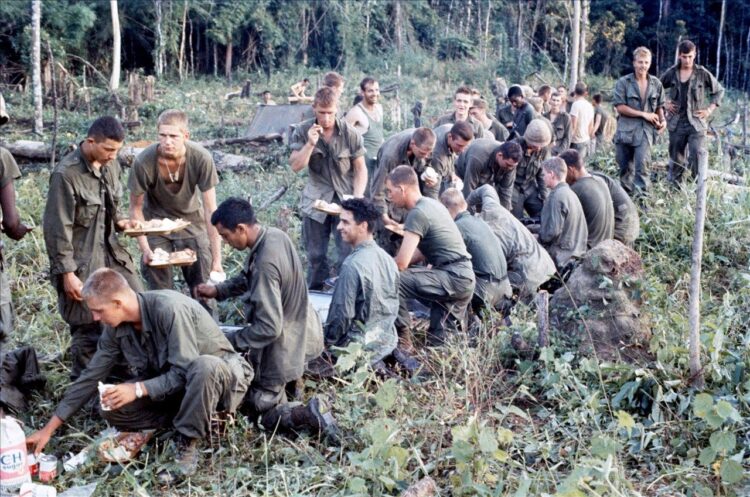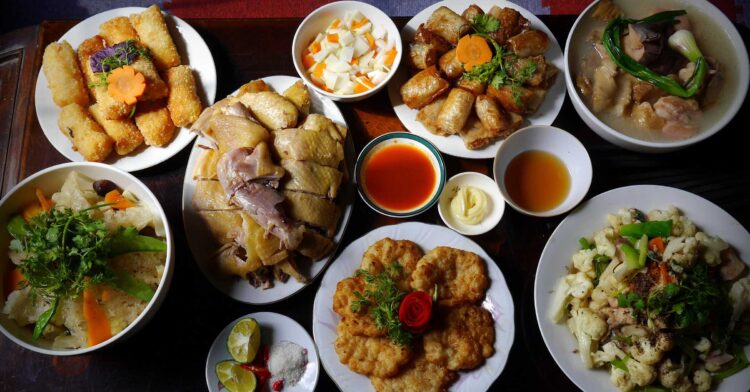Vietnamese cuisine encompasses the rich culinary traditions of Vietnam, offering a delightful fusion of flavors and tastes. Each meal is a harmonious blend of five fundamental tastes known as “ngũ vị”: sweet, salty, bitter, sour, and spicy. These flavors, combined with a five-pronged philosophy rooted in elements like nutrients and colors, give each dish its unique character.
Vietnamese cuisine mirrors the Vietnamese way of life, encompassing every aspect from preparation to presentation. With a history marked by prolonged periods of war, political turmoil, and shifting cultural landscapes, a significant portion of the Vietnamese population has endured economic hardship. Consequently, Vietnamese dishes predominantly feature affordable ingredients, yet the artful blending of these elements achieves a yin-yang balance, resulting in food that appears simple but bursts with rich flavors.
Due to economic constraints, the practice of resourceful ingredient utilization has become a time-honored tradition in Vietnamese culinary traditions. In earlier decades and still prevalent in rural areas today, every part of an animal, such as a cow, finds purpose, from the prime muscle meat to the intestines; nothing goes to waste. The higher-quality cuts from domesticated animals like cows and pigs are reserved for stir-fries, soups, and various dishes, while secondary cuts often find their way into creations like blood sausages or soups. A similar ethos extends to vegetables like scallions, where the leafy portion is finely diced to infuse flavor into the cuisine, while the crisp stalks and roots are carefully replanted, embodying a sustainable and thrifty approach to cooking.
Traditional Vietnamese cooking is characterized by its emphasis on fresh ingredients, minimal use of dairy and oil, intriguing textures, and a reliance on herbs and vegetables. Additionally, Vietnamese cuisine tends to be low in sugar and is naturally gluten-free, as many dishes are rice-based rather than wheat-based, featuring ingredients like rice noodles, papers, and flour. Key components in Vietnamese recipes include lemongrass, ginger, mint, Vietnamese mint, long coriander, Saigon cinnamon, bird’s eye chili, lime, and Thai basil leaves.
The culinary landscape of Vietnam bears the imprint of its neighboring countries, including China, Cambodia, and Laos, as well as a significant influence from French cuisine. This French influence is attributed to the period of French colonial rule over Vietnam from 1887 to 1954.
Notably, market research by Kikkoman, a prominent soy sauce manufacturer, reveals that fish sauce (nước mắm) reigns supreme as the primary table sauce in Vietnamese households, capturing over 70% of the market share, while soy sauce holds a smaller share, accounting for less than 20%.
If you served in Vietnam during the Vietnam War, and had a chance to traverse cities such as Saigon or neighboring Vung Tau for R&R you were able to taste the local cuisine. I recall my mother making many dishes for us when I was a child, when we grew up in America. Today, I continue to eat Vietnamese cuisine whenever I get a moment, and go to Eden Center in Falls Church, Virginia where there is a large Vietnamese community. Eden Center is a Vietnamese American strip mall located near the crossroads of Seven Corners in the City of Falls Church, Virginia. It is the largest Vietnamese commercial center on the East Coast.
The Vietnam War and the impact of other cultures on Vietnam’s culture brought about some wonderful dishes. The French introduced baguettes and we now have popular Vietnamese sandwiches called Banh mi. Bò kho (beef stew) and bánh mì (Vietnamese baguette) were influenced by the French too, and I love that dish. They also introduced the Vietnamese to coffee! Vietnam has a deep-rooted coffee culture that dates back to the 19th century when French colonizers introduced coffee plants to the region.
The Vietnam War brought the challenges of resource scarcity and constant displacement, so traditional dishes underwent adaptations and alterations. Nevertheless, despite these trials, local culinary traditions endured through homemade meals utilizing available ingredients such as rice, fish sauce, herbs, and vegetables. The Vietnam War, known for its violence and political turmoil, surprisingly harbored a lesser-explored facet – the profound role of Vietnamese food during this tumultuous period.
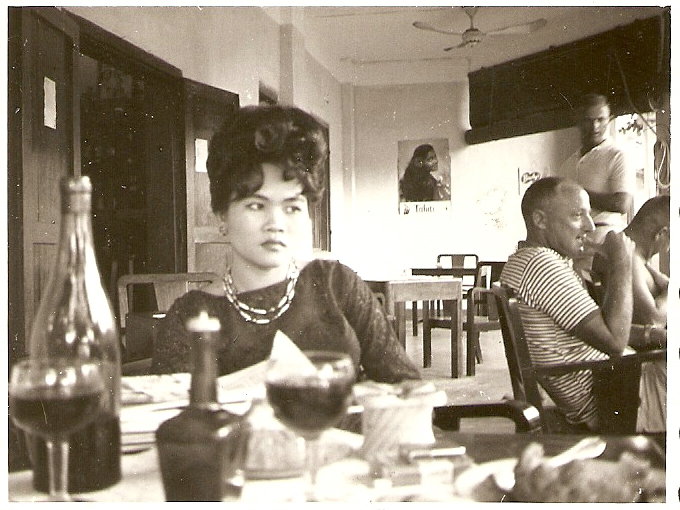
At first glance, the connection between Vietnamese cuisine and wartime may seem tenuous. How could something as basic as sustenance become entwined with a complex geopolitical struggle? However, it’s crucial to recognize that food has always wielded immense cultural power and symbolized a nation’s identity. For Vietnam, traditional cuisine was intrinsically tied to its national heritage, embodying resilience, determination, and unity in the face of adversity. As foreign forces encroached upon their territory, attempting to assert dominance and eradicate traditional values, Vietnamese people clung steadfastly to their culinary heritage as a symbol of resistance.
Amidst history’s darkest moments, stories emerge that underscore the profound impact of food on morale and camaraderie. During the Vietnam War, mealtimes served as rallying points for soldiers on both sides. Whether in military camps or informal gatherings around makeshift tables in the jungles or rice fields beset by perpetual warfare, these shared meals provided solace and strength. For American troops stationed far from home in unfamiliar terrain, Vietnamese cuisine introduced them to a world both foreign and flavor-rich. This experience offered soldiers brief respite from the brutal realities of war, allowing them to immerse themselves in the exploration of new tastes and aromas amidst an otherwise hostile environment.
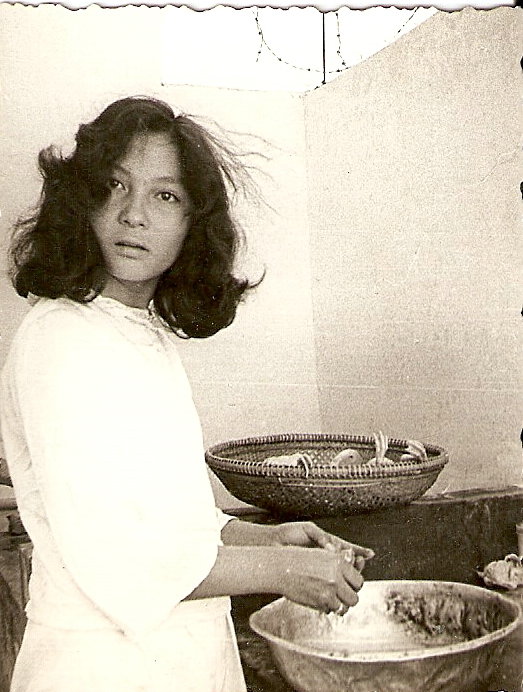
Furthermore, interactions within local communities not only granted American soldiers access to authentic Vietnamese dishes but also fostered intercultural exchanges that transcended mealtime conversations. These encounters forged human connections amid conflict, serving as a poignant reminder that even in the midst of war, bonds could be formed over steaming bowls of pho or fragrant plates of banh mi.
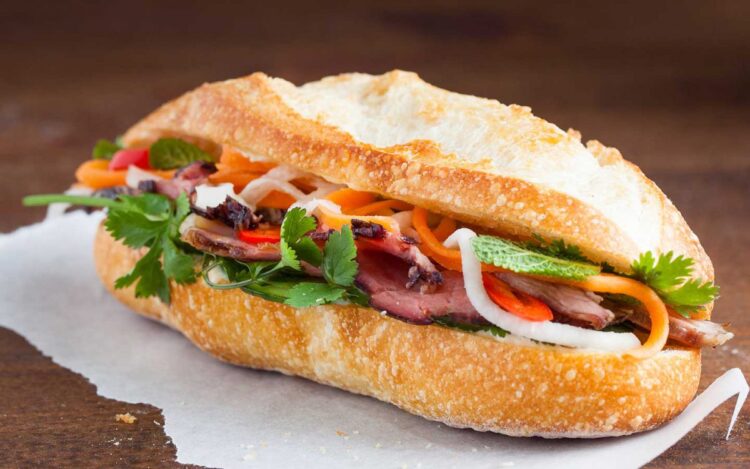
On the other hand, Vietnamese soldiers found strength and solace in their traditional cuisine, viewing it as a source of sustenance and a reminder of their homeland. Sharing meals with fellow fighters became a symbolic act, representing unity and a shared vision for an independent Vietnam. Even in the harshest conditions, when supplies were scarce and hunger gnawed at their bellies, they took solace in familiar flavors that reminded them of their purpose.
Beyond mere sustenance, food also played a pivotal role in logistics and survival strategies during the war. The guerrilla tactics employed by the Vietnamese National Liberation Front (NLF) heavily depended on securing food supplies from local communities. The distribution network for these provisions not only provided nourishment but also served as a medium for conveying vital information or concealing weapons from enemy forces.
Today, examining the significance of Vietnamese food during the Vietnam War offers valuable insights into the nuances of this complex period. It exemplifies how cultural identity can withstand even the harshest circumstances, acting as a resilient force that resists assimilation at every turn.
A closer look at history reveals that beyond political and military matters, there are stories infused with humanity – shared moments over steaming bowls of pho between soldiers from opposite sides, acts of resilience through the preservation of culinary traditions amidst foreign influence, and culinary expertise employed to undermine opponents’ efforts to sever communities from their cultural roots.
In conclusion, delving into the role of Vietnamese food during the Vietnam War unveils layers within this deeply intricate conflict. It demonstrates how something seemingly simple possesses immense power to unite people across cultures and provide comfort during times of hardship. By remembering and honoring this aspect of wartime experience, we shift our understanding from mere analysis of battles and strategies to embracing compassionate narratives that encompass human connection amidst strife.
*The views and opinions expressed on this website are solely those of the original authors and contributors. These views and opinions do not necessarily represent those of Spotter Up Magazine, the administrative staff, and/or any/all contributors to this site.
SOURCE
https://en.wikipedia.org/wiki/Vietnamese_cuisine
https://www.iias.asia/the-review/evolution-and-journey-vietnamese-cuisine
https://www.vietnam.com/en/culture/food-and-beverages/about-vietnamese-cuisine/vietnamese-cuisine-from-variations-and-influences-to-cultural-reflection.html
Unveiling the Origins of Vietnamese Iced Coffee during the Vietnam War: A Brew with Rich History

